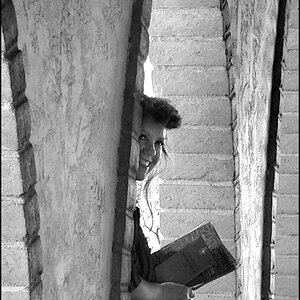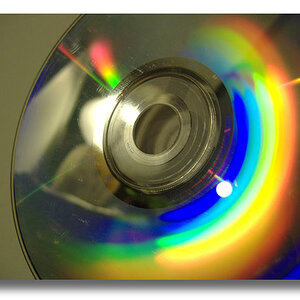vimwiz
TPF Noob!
- Joined
- Nov 4, 2013
- Messages
- 493
- Reaction score
- 45
- Location
- Cambridge, England, UK
- Website
- analog4eva.tumblr.com
- Can others edit my Photos
- Photos OK to edit
Can anyone reccomend me (Amazon UK or similar sites) what I need for developing B&W at home? I got a book but i just would like some pointers about chemicals, beakers, tanks etc (AP or Paterson?) and how to do teh fiddly bits like the spool and the spiral.
Also, is doing it in a bathroom practical?
Its just that spending £9 a time getting a roll of XP2 developed (badly) at the local photo lab is becoming a tad expensive, so im looking into developing and scanning at home.
Also, is doing it in a bathroom practical?
Its just that spending £9 a time getting a roll of XP2 developed (badly) at the local photo lab is becoming a tad expensive, so im looking into developing and scanning at home.



 OMG photography is that old !
OMG photography is that old !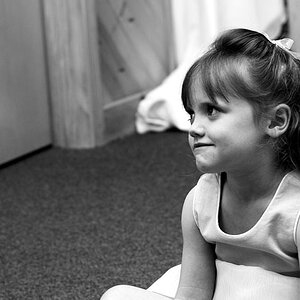
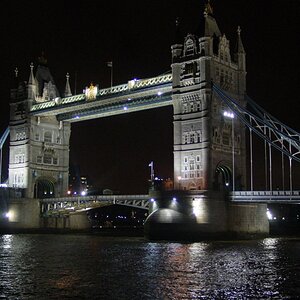


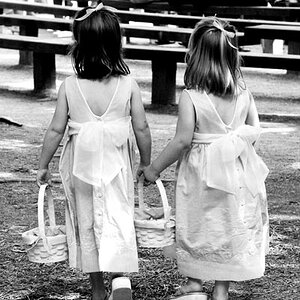

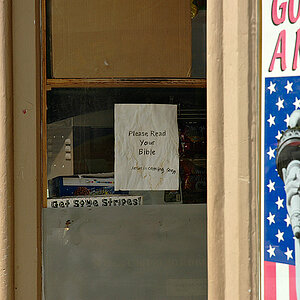
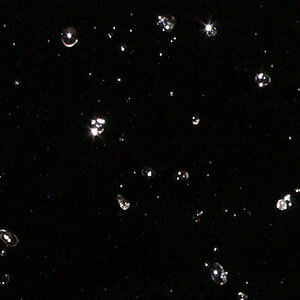

![[No title]](/data/xfmg/thumbnail/34/34064-66d345cd6eebe4b9f97597e03008d3b7.jpg?1619736260)
